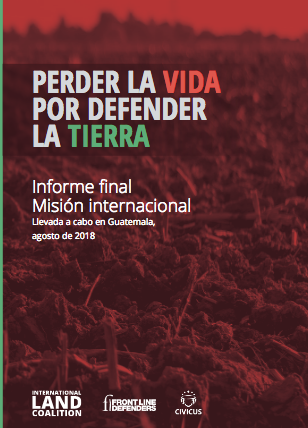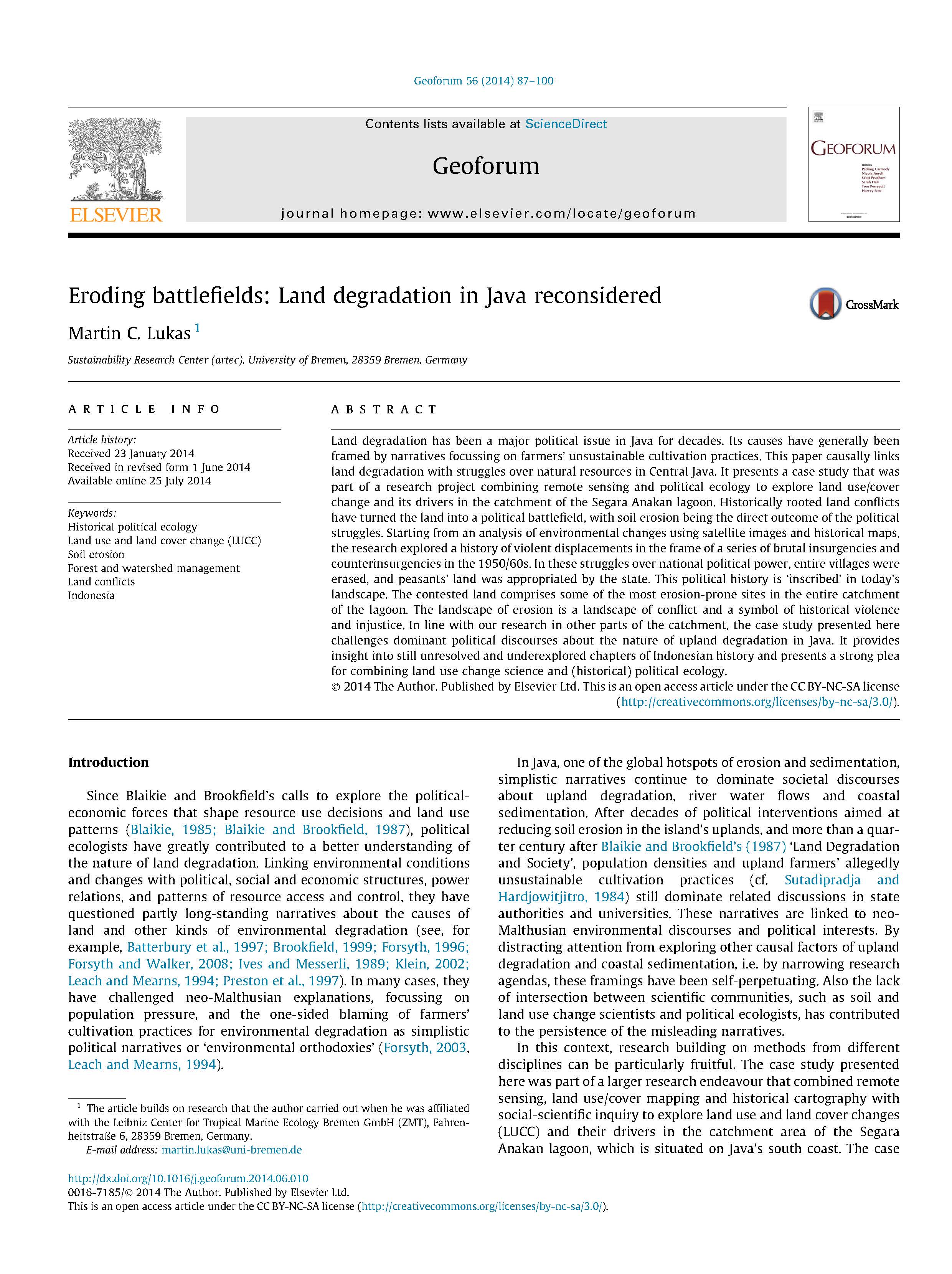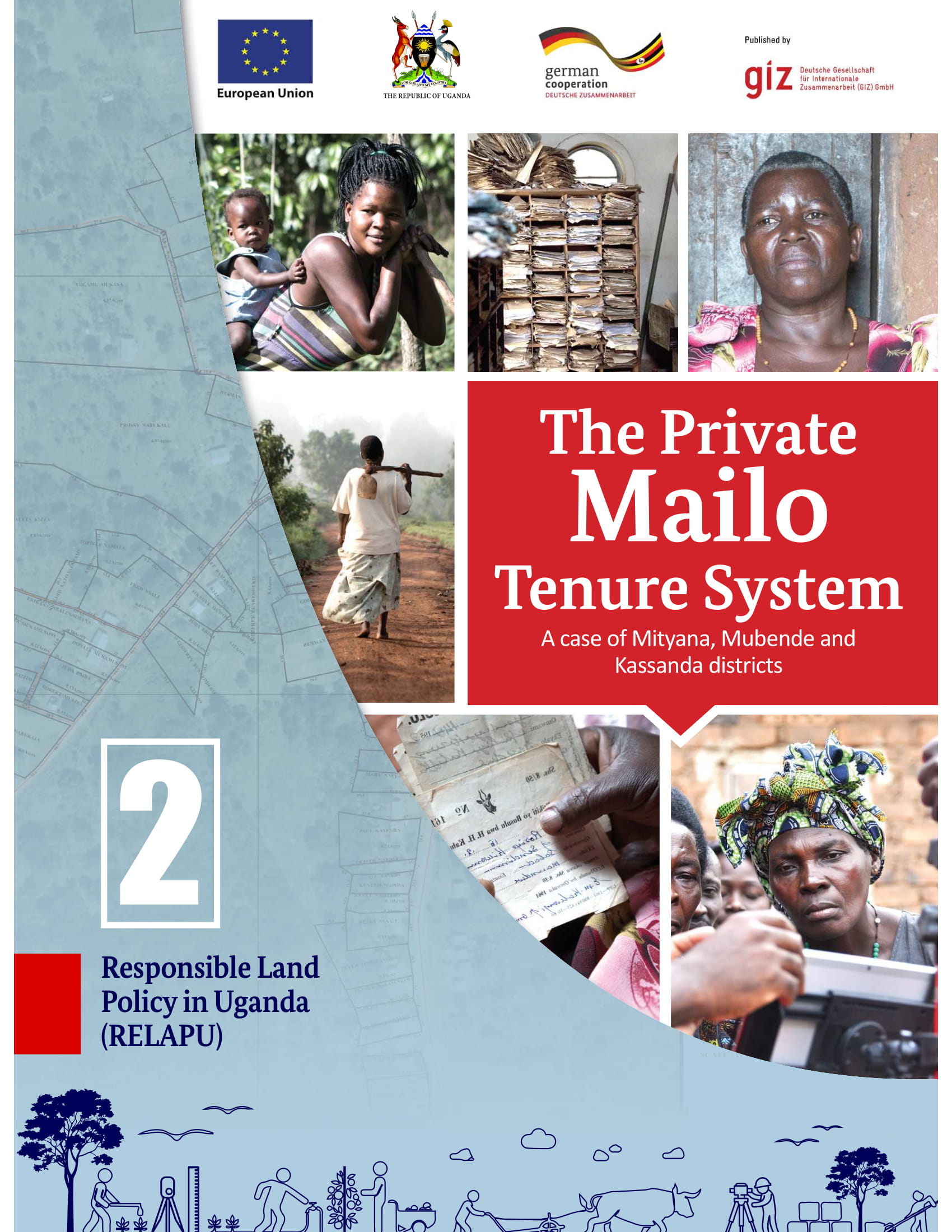Perder la Vida por Defender la Tierra
Entre el 6 y el 10 de agosto del presente año, 2018, se realizó la visita de una misión internacional a Guatemala integrada por miembros de la Coalición Internacional para el Acceso a la Tierra (ILC, por sus siglas en inglés), de la Alianza Mundial por la Participación Ciudadana (Civicus), de Frontline Defenders y por un reportero del periódico británico The Guardian. Asimismo, la Pastoral de la Tierra Nacional de la Conferencia Episcopal de Guatemala, y la Unidad de Protección a Defensoras y Defensores de Derechos Humanos Guatemala (Udefegua) acompañaron a la misión.










